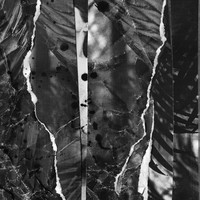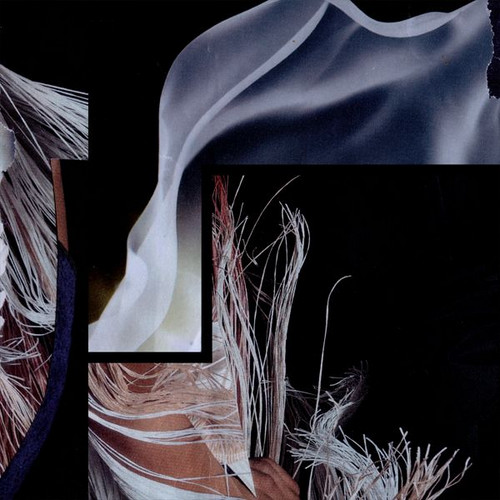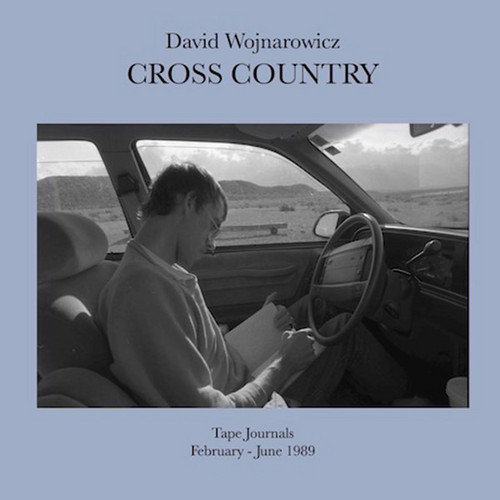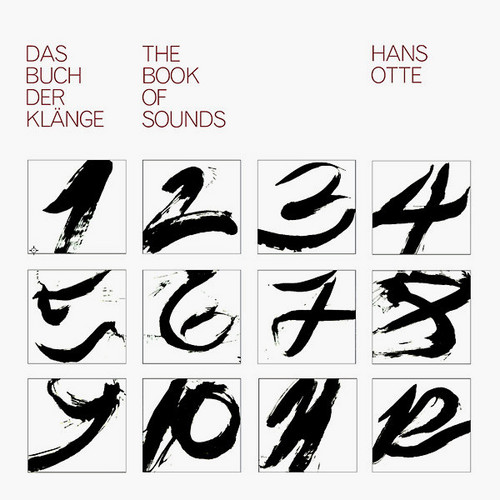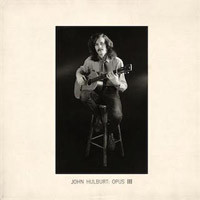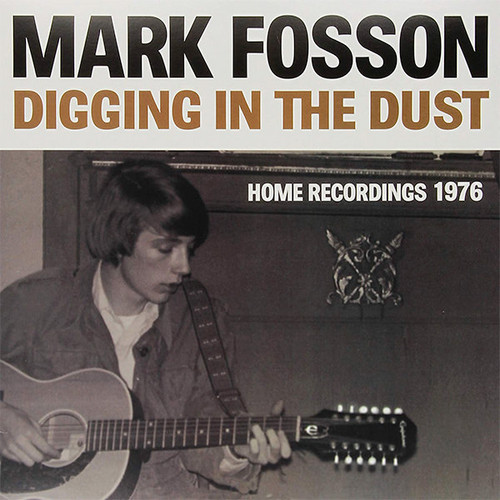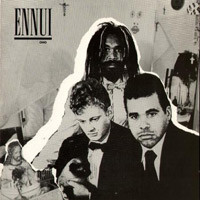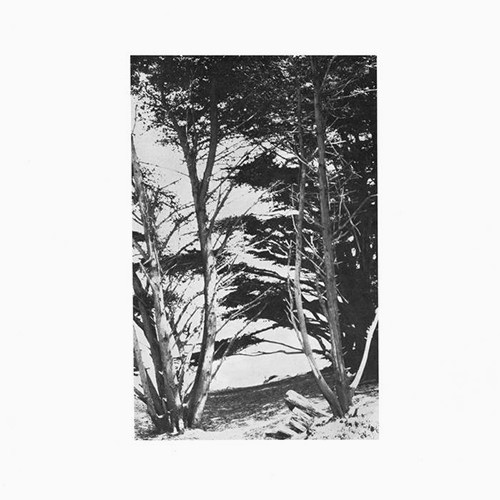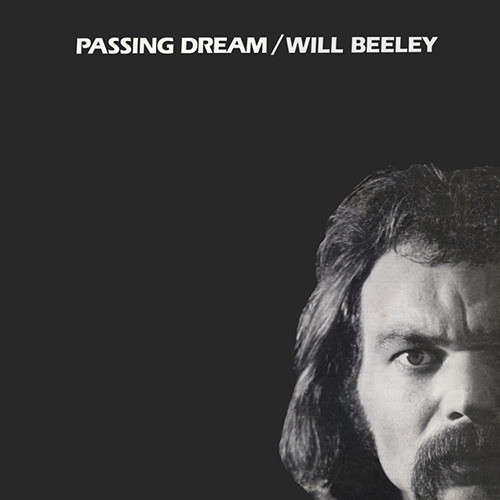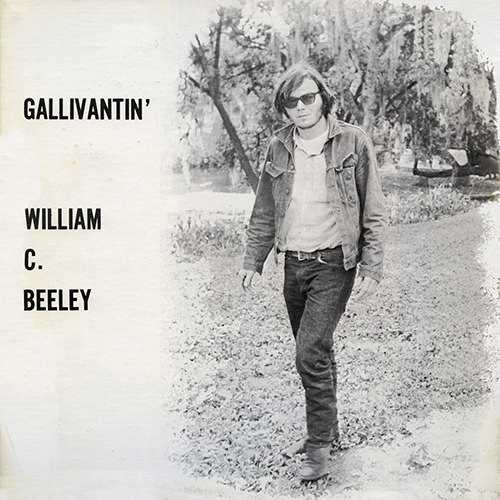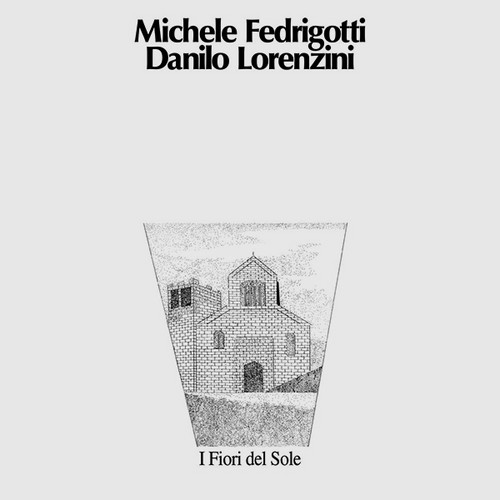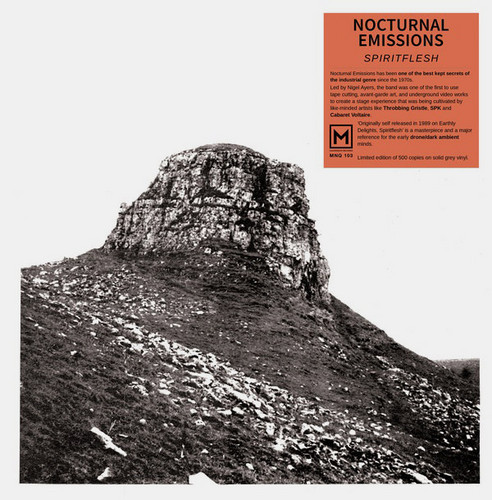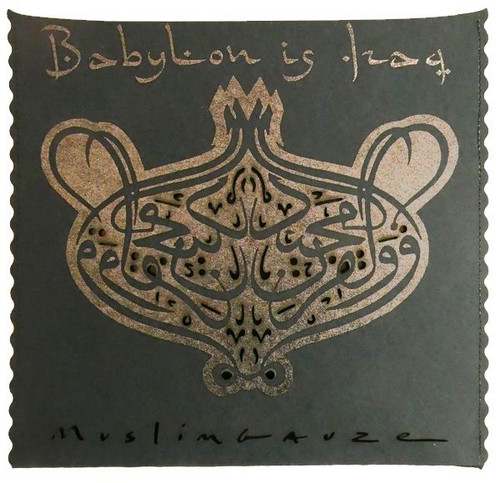Back in stock
Mu Ro Bi Ko
Full concert recording from Suzuki’s first performance in Milano. Three different sections played on Analapos (one of these is the spiral echo instrument consisting of a coil spring and two iron cylinders that function as resonating chambers, and is played with the voice or by hand), a selection of small stones, and the De Koolmess Glass Harmonica. Recorded in April 2003 at A+MBookstore (a small storefront gallery and art bookstore in central Milano) by Pierre-Olivier Boulant. With three ne…
Dissection Of Chronus
Embudagonn 108 is Wataru Kasahara, hermetic artist from Tokyo. The recording covers over 30 years. Started in 1984, continued in 1988, finished in mid 2014. Field recordings, /smashed with disturbingly electronic sounds, echoes of old instruments lost in our memories. Kasahara describes his work in these words: “My simbolism is a decorative trap. you and I are in the absurd game. This music is killed, dissected and discarded music'.
White vinyls, printed labels and inner sleeve, one time limite…
The Difference of Similarity / The Similarity of Difference (LP
**300 copies** Astral Colonels are Anthony Pateras and Valerio Tricoli and this is their second album. On Side A ("The Difference of Similarity") the formidable use of a sound arsenal based primarly on prepared piano and tapes and a bright use of echo and repetition create winding tensions grafted into harmonics, irregular spiral-shaped non-progressions intertwining costantly on the ridge between the familiar and the unknown, a recurring alternation of stasis and fibrillation that delivers liste…
The Cycle Is Complete
restocked, 180 grams edition, long out of print, few copies available...A really great trance psychedelic album from 1972, with only 4 mainly instrumental tracks spread across it's 2 sides. The Palmer group is largely made up of unknowns but I do recognize Paul Lagos (drums ) and Templeton Parcely ( violin ) as members of "Incredible" era Kaliedoscope but then again I should mention the ever popular Big Black on congas.The music presented here is a loose trippy sound that reminds me a great deal…
Cross Country
David Wojnarowicz (1954-1992) was a writer and artist active in New York's Downtown scene in the 1970's and 80's. In the 1980's Wojnarowicz become one of the central figures in the AIDS struggle, as well as the target of homophobic censorship efforts by the American Family Association. Wojnarowicz kept written and cassette tape journals throughout his adult life. This three-disc vinyl release publishes for the first time three of Wojnarowicz's tape journals, documenting his thoughts, dreams, fea…
The Book Of Sounds
Last Copies. Edition of 500 copies. "This work, a masterpiece of restraint, reflects the musical imagination of someone who has spent long periods in the quiet recesses of the mind." (Terry Riley) Beacon Sound present a reissue of Hans Otte's The Book Of Sounds (Das Buch Der Klänge) originally released in 1984. Hans Otte (1926-2007) was a multifaceted artist, poet, pianist, composer, and promoter who synthesized the strands of minimalism, Eastern spirituality, and radical art into his own unique…
Opus III
Guitarist and singer-songwriter Ryley Walker discovered the 1972 private press LP in a Chicago record store, loved what he heard, and teamed with Tompkins Square to produce the reissue. John Hulburt (1947-2012) was a member of legendary mid-60's Chicago garage rock band The Knaves, whose records were recently reissued by Sundazed. Opus III showcases his exceptional talent on the acoustic guitar, proving somewhat of an anomaly in a city not known for its solo guitar recordings during this era. W…
Digging In The Dust: Home Recordings 1976
Mark Fosson's The Lost Takoma Sessions seemed to be the definitive statement on his earliest work upon its release in 2006, but then again, before the studio work there had to have been something around that caught John Fahey's ear to start with. Digging in the Dust: Home Recordings 1976 is just that, collecting performances of many but not all the songs that were eventually re-recorded for Takoma, along with an otherwise unavailable recording in the shape of Gene Autry's classic "Back in the Sa…
Ennui
After a grueling year-long tape transfer endeavor from the original reels, Primary Male is proud to announce the long awaited and obscure second full length by Ono, ‘Ennui’, is finally readily available for mass consumption. Originally released by Thermidor in 1986, the legendary experimental group from Chicago’s southside expands upon their incredible ‘Machines That Kill People’ album three years prior while simultaneously experimenting with atmospherics and becoming fu…
Gentle Wilderness
Gentle Wilderness was released as a private press LP in 1978. River Sun River Moon consists of previously unreleased recordings from the same time period. Deitrick came to our attention via Brooks Rice and Michael Klausman, who compiled Imaginational Anthem Vol 8 : The Private Press, which features Rick's "Missy Christa" from Gentle Wilderness.Ohio-born Rick Deitrick took up the guitar at 16 and decided to approach his playing as if he was the only guy on an island and the instrument had just wa…
Passing Dream
Tompkins Square reissues two albums by Texas singer/songwriter Will Beeley - the self-released mega-rare (only 200 copies) private press LP 'Gallivantin' from 1971, and 'Passing Dream', originally released by Malaco Records in 1979.
Recorded in San Antonio, 'Gallivantin' shows Beeley's heartfelt, folky side - a wistful set of original tunes, plus a cover of Bob Dylan's "You Ain't Goin' Nowhere" and a spaced-out, 10 minute+ Eastern-influenced psych take on Buffy Sainte-Marie's "Little Wheel…
Gallivantin'
Texas Songwriter Will Beeley's Rare LPs from 1971 & 1979 Reissued by Tompkins Square. Tompkins Square reissues two albums by Texas singer/songwriter Will Beeley - the self-released mega-rare (only 200 copies) private press LP 'Gallivantin' from 1971, and 'Passing Dream', originally released by Malaco Records in 1979. Recorded in San Antonio, 'Gallivantin' shows Beeley's heartfelt, folky side - a wistful set of original tunes, plus a cover of Bob Dylan's "You Ain't Goin' Nowhere" and a spaced-out…
I Fiori Del Sole
Restocked, reduced price. Originally released by the legendary Cramps Records - one of the most remarkable assemblies of avant-garde recording in history, Michele Fedrigotti and Danilo Lorenzini’s long overlooked LP - I Fiori Del Sole, is among of the great works of to emerge from Italy’s incredible movement of musical Minimalism. Both Fedrigotti and Lorenzini are renowned classical pianists, with the bulk of their respective careers dedicated to realizing the works of others. During the 1970’s…
Spiritflesh
Mannequin Records starts a series of re-presses dedicated to the legendary Nocturnal Emissions, one of the best kept secrets of the industrial genre since the 1970s. Led by Nigel Ayers and Caroline K, the band was one of the first to use tape cutting, avant-garde art, and underground video works to create a stage experience that was being cultivated by like-minded artists like Throbbing Gristle, SPK, and Cabaret Voltaire. Originally self-released in 1988 on Earthly Delights, Spiritflesh is a mas…
Local Colour
ESP-Disk' present a vinyl reissue of Peter Lemer Quintet's Local Colour, originally released in 1968. British pianist Peter Lemer studied with Jaki Byard, Paul Bley, and Bill Dixon. His lengthy and distinguished career has found him in a wide variety of settings. As an avant-garde jazz pianist, he recorded with Spontaneous Music Ensemble; in the jazz fusion realm, he was a member of Gilgamesh and Paraphernalia; as a progressive rock keyboardist, he played with Gong, Baker Gurvitz Army, the Mike …
Poema da Gota Serena
An exhilarating blend of free jazz, the roots rhythms of northeastern Brazil, electronics and Asian percussion, from 1982. Zé Eduardo Nazário is a virtuoso drummer. In the late '60s he was a regular at the famous Totem night club in São Paulo, performing alongside the likes of Tenório Jr. With Guilherme Franco, he formed the Grupo Experimental de Percussão. Besides recordings with Hermeto Pascoal and Egberto Gismonti, he is most celebrated for his six years tenure with the pioneering Grupo Um. E…
Spirits Rejoice
2015 repress. ESP-Disk's vinyl edition of this classic 1965 blowout by free jazz icon Albert Ayler restores the original front-cover art. 50th Anniversary Remaster from the original tape. On this Judson Hall session (ESP used the empty concert hall as their "studio," its reverberation adding to the bigness of the sound) both Ayler's playing and his new band's sound even more intense than before, the parts of the players sometimes only loosely related. Some defended it as an energetic ensemble st…
Babylon Is Iraq
**500 numbered copies. sold out at source** Unsurprisingly for a creator as prolific as Muslimgauze's Bryn Jones was, when he was asked for a contribution for any sort of group project, he would tend to provide more options than necessary. In the case of longtime label Staalplaat's 1996 compilation Sonderangebot, where Jones would find himself in the company of everyone from Charlemagne Palestine to Reptilicus, the selected track was the characteristically head-spinning Kaliskinazure, nine minut…
Azzazin
Azzazin is a double standout Muslimgauze album, first LP originally issued in 1996, as a CD (Muslimgauze Subscription 003); the second disc originally as a 10" of remixes (Muslimgauze Subscription 007). This 2LP adds two unreleased tracks. Tightly focused on a singular palette of monotone drones and swarming electronic buzzes, which arguably sound like a parallel to early Editions Mego. They're probably the most minimalist Muslimgauze tracks you've heard, and even still he manages to express a f…
Ballads For Bass Clarinet
David Murray Quartet's 1993 Japan only CD release Ballads For Bass Clarinet (DIW/Disk Union) is issued for the first time on vinyl by Ko Ko Music. Comprising a couple of waltzes, a blues, a Monk-ish suite-like piece, a free-ish drums and clarinet interlude, and finally an elegy to civil rights leader Fannie Lou Hamer - David Murray leads on bass clarinet, managing to go both deep and soaringly high, it sometimes sounds like two different instruments are being played. But this is not a solo effor…

